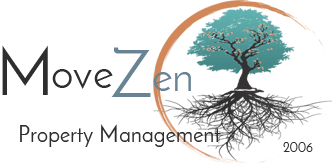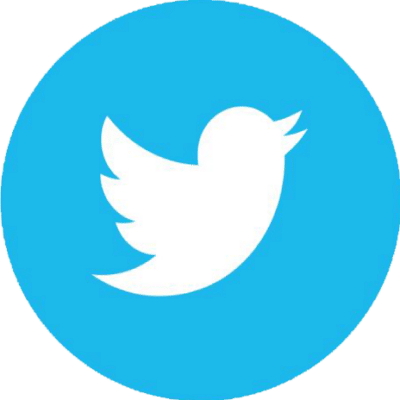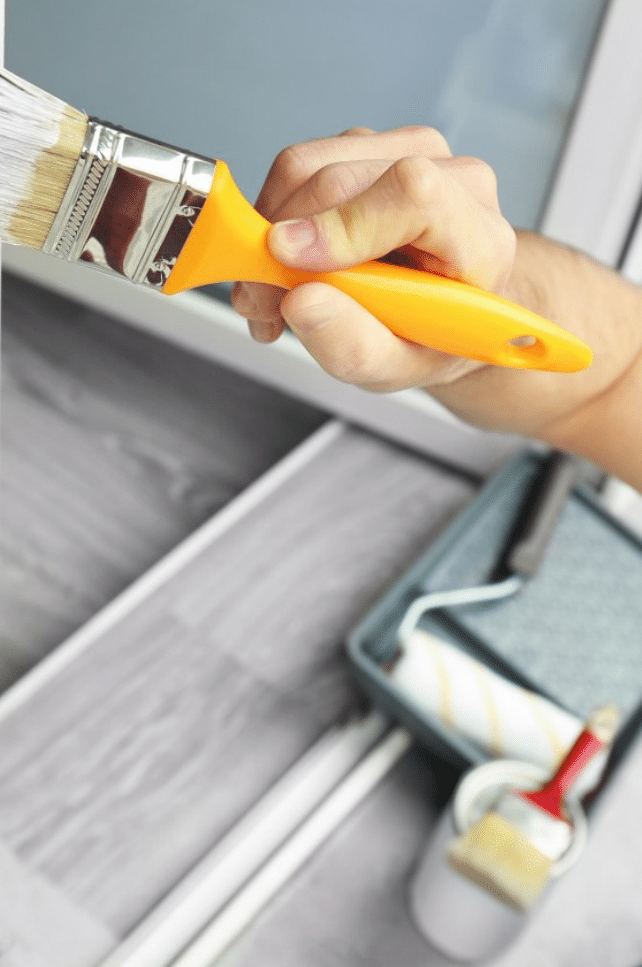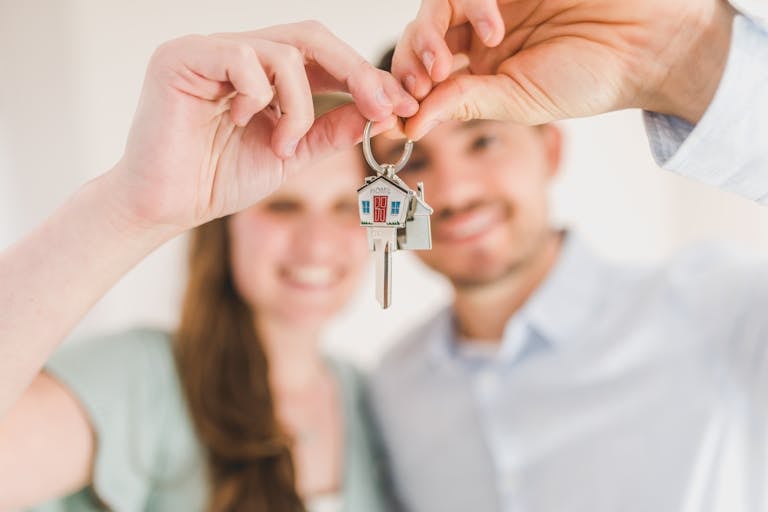Investing in rental properties can be a lucrative venture, but it comes with its fair share of responsibilities. As a landlord, it is your duty to provide a safe and habitable living space for your tenants. This includes staying on top of rental property maintenance to ensure that the property meets the standards of rental habitability. In this guide, we’ll discuss the importance of rental property maintenance, common issues that landlords face, and practical tips to ensure habitability.
Understanding Habitability and Its Importance
Habitability refers to the condition of a rental property that allows tenants to safely and comfortably live in the space. It encompasses various factors such as the structural integrity of the property, the availability of essential amenities, and compliance with health and safety codes. Ensuring habitability is not only a legal obligation but also crucial for attracting and retaining tenants. A well-maintained property not only enhances the tenant experience but also protects your investment and minimizes liabilities.
See the MoveZen Marketing Difference!
We go to extreme lengths to make sure all MoveZen Rental homes are presented to the best of their ability. Check out some of our listings and see how we stand out.
The Legal Requirements for Rental Habitability
Landlords have a legal obligation to provide a habitable living space for their tenants. While specific requirements may vary depending on the city/state, there are common standards that apply universally.
1. Structural Integrity and Safety
A rental property must have a structurally sound foundation free from cracks or faults that could compromise stability. The property should be inspected for termite damage or rot that could weaken the foundation over time. Windows and doors should seal properly, have intact locks, and be free from gaps or damage that allow outside air, moisture, pests, or intruders to enter. Windows should open and close smoothly. Doors should have properly installed weather stripping and thresholds to prevent drafts or water intrusion. The roof and attic should also be inspected for leaks, damage, or pests that could lead to deterioration. Taking steps to ensure a solid foundation, secure windows and doors, and address any damage or infestations can help provide a safe rental property for tenants.
2. Adequate Plumbing and Sanitation
The rental property must have fully operational plumbing systems that provide a sufficient supply of clean, potable water. All sinks, toilets, tubs, and showers must be in good working condition without leaks, clogs, or other functionality issues. Hot water must be available and maintained at a safe temperature. Drainage systems should allow for proper wastewater flow without backups.
For rental properties on a septic system, proper maintenance is crucial to prevent backups, overflows, and water contamination that could pose health risks to tenants. Prior to renting, the septic tank should be inspected, pumped, and serviced if needed to ensure proper functionality. Renters should be informed not to flush or drain excessive solids, greases, chemicals, or other damaging substances into the septic system.
3. Adequate Heating, Cooling, and Ventilation
A rental property should have a heating system capable of maintaining a reasonable temperature during colder months. Similarly, it should have proper ventilation to allow fresh air circulation and prevent the buildup of moisture and odors. In warmer climates, air conditioning or other cooling mechanisms should be available.
4. Electrical Systems
The electrical system of the rental property must meet safety standards and be in good working order. This includes properly installed wiring, functional outlets, and appropriate lighting fixtures. Regular inspections and maintenance of electrical systems are crucial to prevent electrical hazards.
5. Fire Safety Measures
Ensuring fire safety is an essential aspect of rental property maintenance. The level of required safety features varies on the age and size of the home. Easily forgotten, smoke detectors are required to be inspected every 6 months with the batteries being replaced once a year.
Carbon monoxide detectors are required to be in any home with fossil-fuel burning appliances, if the home has a fire place, or if the property has an attached garage.
There are roughly 358,500 house fires per year with an estimated 3000 deaths. To avoid life-changing liability its crucial that landlords maintain their fire safety systems or hire a professional management team experienced in this field.
6. Lead Paint Safety
Lead-based paint used in older buildings poses a major health threat if the paint is chipping, peeling, or disturbed during renovations. Children under 6 are especially vulnerable to lead poisoning from ingesting paint chips or dust. To protect tenants, landlords must comply with federal and state lead paint regulations. For homes built before 1978, landlords must disclose known lead paint hazards. They must also distribute EPA pamphlets on lead risks before a lease takes effect.
Its Easy to Get Started!
MoveZen Property Management takes the stress out of renting out and managing your investment property. It takes less than 60 seconds to start your investment journey!
Common Rental Property Maintenance Issues and How to Address Them
Despite diligent maintenance efforts, rental property issues can still arise. Being proactive and addressing these issues promptly is key to maintaining habitability and avoiding costly repairs. Let’s explore some of the most common maintenance issues faced by landlords and practical solutions to address them.
1. Plumbing Problems
Water leaks, clogged drains, and malfunctioning fixtures are common plumbing issues in rental properties. Regularly inspecting plumbing systems, addressing minor leaks promptly, and educating tenants on proper usage can help prevent major plumbing problems.
Leaking toilets are a common and often overlooked maintenance issue in rental properties. A toilet leak may be difficult to detect at first, but can rapidly cause extensive water damage if left unresolved. Small cracks in the porcelain toilet bowl, improperly seated toilet seals, worn-out gaskets, and other defects can all lead to leaks. This allows water to seep underneath the toilet and saturate the surrounding subfloor, walls, and other areas. Prolonged moisture from undetected toilet leaks can promote mold growth and rot wooden structures. Catching a leak early is key to minimizing repairs.
2. HVAC System Malfunctions
Properly functioning heating, ventilation, and air conditioning (HVAC) systems are vital for maintaining a comfortable and healthy living environment for tenants. As climate change and warmer weather continue, your property’s HVAC system is being put under more stress and will be working harder than ever. To avoid costly replacements and tenant rent credits, we encourage you to have your units inspected annually. A professional technician will check refrigerant levels, clean components, ensure proper airflow, test controls and safety switches, and identify any needed repairs. Typically these inspections cost just a few hundred dollars.
3. Electrical Issues
Faulty wiring, malfunctioning outlets, and electrical equipment pose safety hazards and can disrupt tenant comfort. Conduct regular inspections of the electrical system, addressing any issues promptly and hiring a licensed electrician for repairs or installations. Educate tenants on electrical safety practices and encourage them to report any unusual electrical behavior.
4. Exterior Maintenance
Curb appeal and the overall condition of the property’s exterior are crucial for attracting tenants and maintaining property value. Regularly maintain landscaping, address any damage to fences or walkways, and ensure the property is well-lit and secure. Promptly address any safety hazards, such as loose handrails or slippery surfaces, to prevent accidents, and if major repairs or replacements are made ensure that its up to code.
5. Mold and Moisture Issues
Excessive moisture and mold growth can jeopardize habitability and tenant health. Regularly inspecting for signs of moisture buildup, addressing leaks or inadequate ventilation promptly, and conducting mold remediation when necessary are important steps to prevent mold-related issues.
6. Safety Measures
Ensuring the safety of tenants goes beyond addressing structural and maintenance issues. Regularly inspect and maintain fire safety equipment, including smoke detectors and carbon monoxide detectors.
Additionally, landlords should make sure that exterior doors and windows can open, shut, and lock without issue. In the event of an emergency, tenants need the ability to escape the home without hassle as quickly as possible.
The Importance of Regular Inspections and Preventive Maintenance
Regular inspections and preventive maintenance are essential components of rental property management. Conducting thorough inspections allows you to identify and address potential issues before they escalate, ensuring habitability and minimizing repair costs.
At MoveZen, we make tenant safety our top priority. Our trained operations technicians conduct rigorous habitability inspections on every new rental property to identify potential hazards or needed repairs. We look for things like faulty wiring, leaks, broken railings, and other dangers that could put your tenants at risk. Our technicians take photos and provide a detailed report indicating any issues that need to be addressed to meet safety regulations and codes.
We’ll review the inspection findings directly with you and lay out a plan for making required updates like installing smoke detectors or fixing loose floorboards. We can also advise on recommended enhancements that, while not legally mandatory, could significantly improve living conditions for your tenants. Our goal is to ensure your property offers a safe, comfortable, and appealing space where renters feel cared for.
By upholding high safety standards and being proactive about maintenance, we can build great tenant relationships while protecting your investment. MoveZen aims to combine profitability for owners with responsible, ethical property management. We believe habitability inspections and prompt actions on identified risks are key to achieving that goal. Your property’s success is our shared priority.
Maintaining rental habitability in investment properties requires proactive and diligent maintenance efforts. By understanding the legal requirements, addressing common maintenance issues promptly, and conducting regular inspections, landlords can ensure a safe and comfortable living environment for their tenants. Prioritizing rental property maintenance not only protects your investment but also fosters positive tenant relationships and enhances long-term profitability. Remember, a well-maintained property is not only a legal obligation but also a valuable asset that attracts and retains quality tenants.











